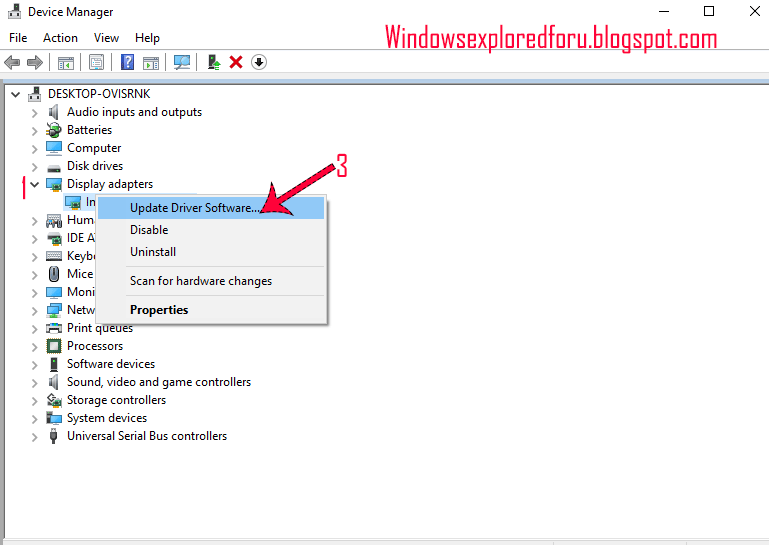

You might also like to turn off the “Adjust my screen brightness automatically” option if you find that the brightness is changing in ways that don’t work for you. If it is present and enabled, then naturally, you can adjust the brightness as you like. Not all displays allow for their brightness levels to be adjusted using software. It may not be there, or it may not be enabled.
#DISPLAY BRIGHTNESS CONTROL SOFTWARE FOR WINDOWS 7 DRIVERS#
If you have the correct drivers (in other words, if your video-card drivers support this), it’s sometimes possible to adjust the brightness in Windows itself. Then click on Adjust desktop color settings in the display tree on the left hand side navigation bar. Regardless, you’ll need to hold down another key, often a “Fn” key, to use the secondary functions. Right click on the Desktop and select NVIDIA Control Panel. The secondary functions are occasionally printed in a different color, such as blue. In most cases, these “secondary functions” use the same keys as other functions, like the up/down arrows pictured above. Use in conjunction with “Fn” or other modifier key to adjust brightness. An example of brightness-adjustment keys.

The exact sequence varies based on what laptop you have. Instead, there may be a key sequence that can change the brightness for you. If you’re using a laptop, you or may not have actual physical controls. Push buttons that let you increase or decrease the brightness as you see fit.Actual, physical knobs that can be turned one way or the other to adjust the brightness.On a traditional desktop machine with a separate monitor, brightness is often a control on the monitor itself.Ĭonsult the documentation for your specific model, of course, 1 but the controls are generally either of two styles: Though, of course, that’s changing as well. Brightness, along with a few other settings, is typically adjusted elsewhere.

Well, to be blunt … more often than not, you don’t.Īt least, you don’t adjust it in Windows.


 0 kommentar(er)
0 kommentar(er)
